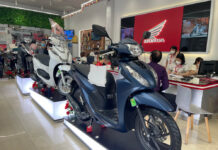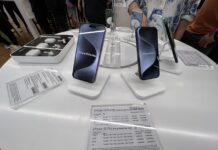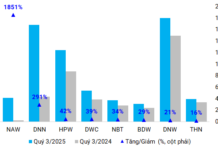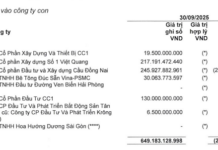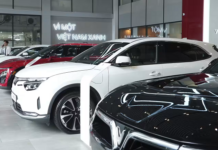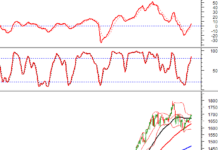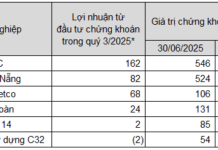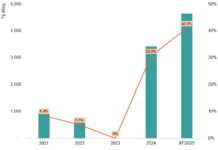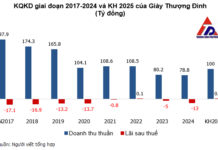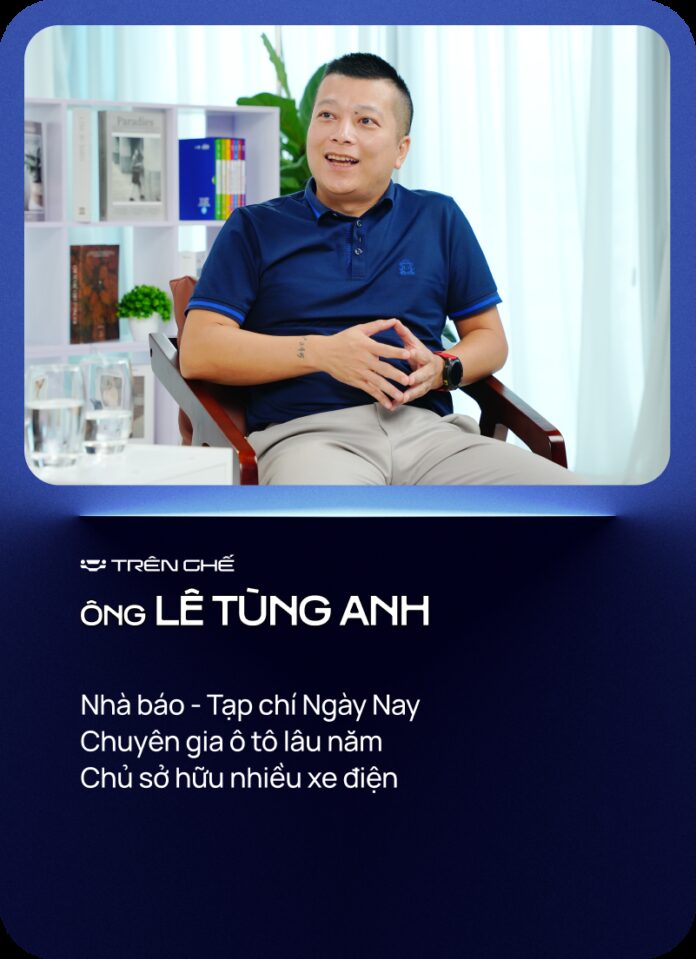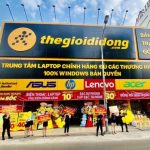In this episode, host Đăng Việt engages in a thought-provoking discussion with journalist Lê Tùng Anh on the following topic: “Is there a scenario where Chinese car brands collude in Vietnam?”
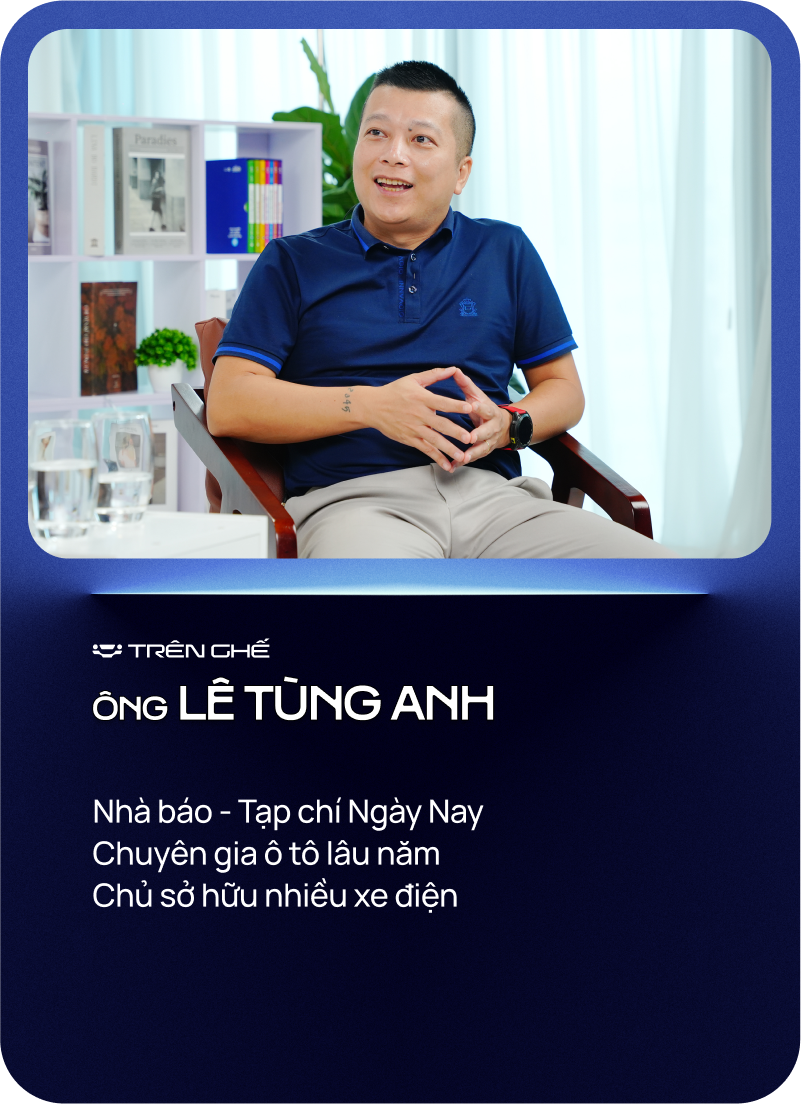
– What is your take on the recent hypothesis circulating in the media and social networks about Chinese car brands colluding in Vietnam to gain a competitive edge against Japanese, Korean, American, and even VinFast car brands?
Tùng Anh: Almost all well-known Chinese brands, including those offering gasoline, electric, and hybrid vehicles, are now present in Vietnam.
We know that Chinese businesses operating globally tend to be very united. As for the question of whether these car brands are linked, we need to consider what they would be collaborating on.
Regarding gasoline and internal combustion engine vehicles in general, I haven’t observed any signs of collusion. These brands operate as separate entities and compete with one another domestically and internationally. Therefore, it doesn’t make sense for gasoline car brands to form an alliance upon entering Vietnam. In business, when dealing with the same product, everyone is each other’s competitor, so colluding is highly unlikely.
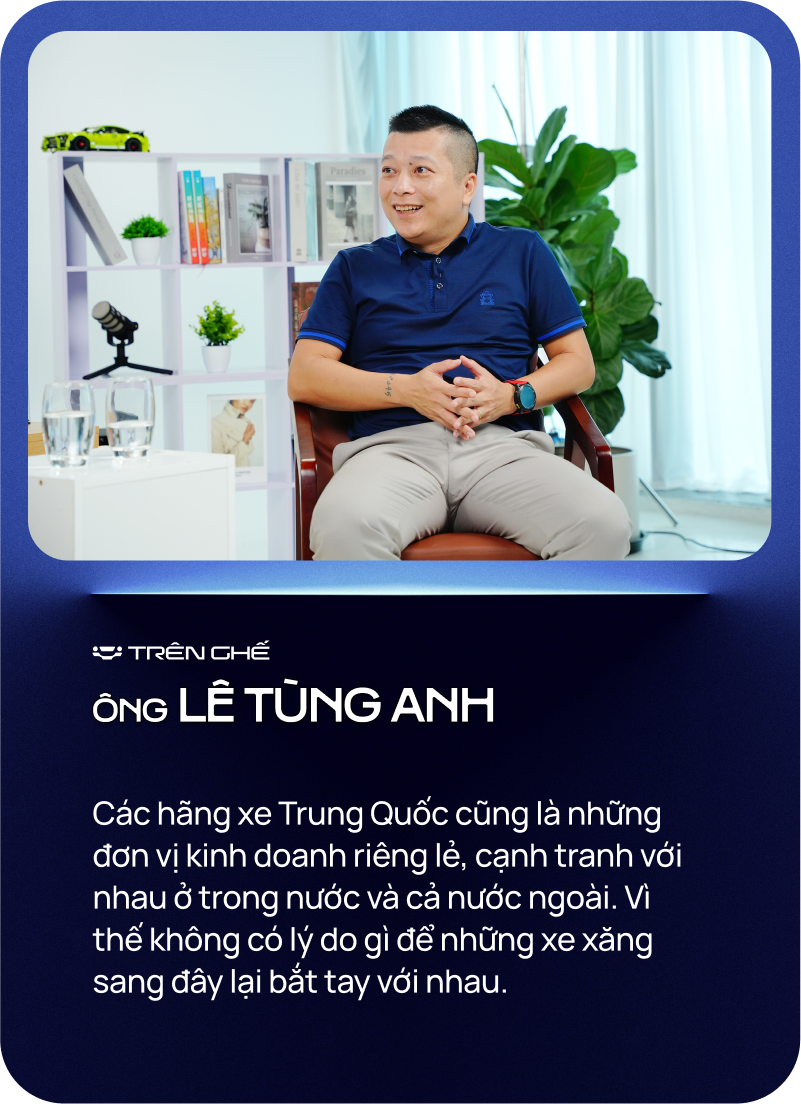
When it comes to new means of transportation, such as electric vehicles, many people believe that Chinese car brands will collaborate to develop charging infrastructure, making it easier to sell electric cars in Vietnam.
In reality, Vietnam is just an emerging market for Chinese car brands. In other Southeast Asian countries like Thailand, Indonesia, Malaysia, and the Philippines, we haven’t witnessed Chinese car brands joining forces to create a dedicated charging infrastructure. Take Thailand, for example, a booming market for electric vehicles in the region, where almost all major Chinese electric vehicle brands are present. However, BYD, the best-selling brand, is the one that has invested the most in its charging infrastructure.
Returning to the hypothesis that these brands will collaborate on charging infrastructure, I’ve pondered this idea and analyzed its feasibility. I believe it’s not an easy task. For instance, let’s say Việt and I both sell electric cars, with Việt representing BYD and me representing Haima. It doesn’t make sense for me to contribute 10% while Việt contributes 90%, as my customers won’t receive any special benefits from using that infrastructure.
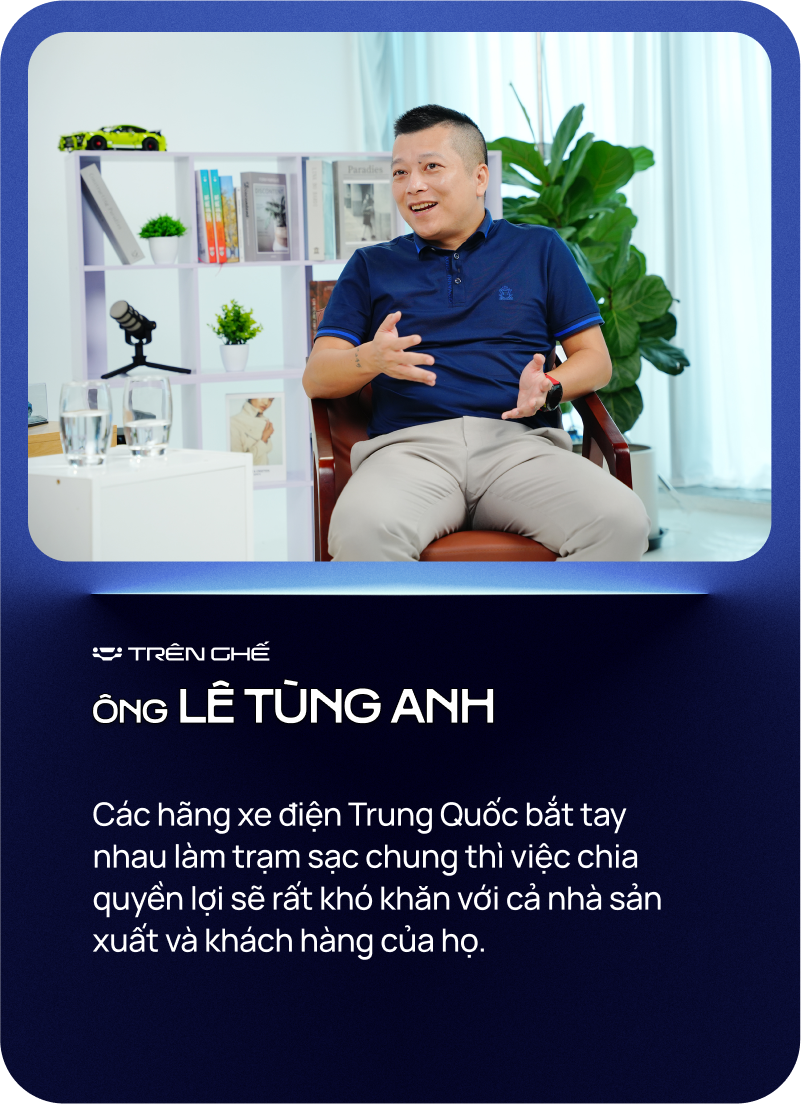
– Could you elaborate on the challenges of dividing the benefits in this scenario?
Tùng Anh: In reality, apart from the car brands themselves, there are about ten companies in Vietnam that are involved in the business of installing charging stations. From a small business perspective, they are deploying and installing a significant number of stations across the country. They offer a range of options, from high-power DC stations to smaller ones.
Even BYD utilizes third-party charging infrastructure; they install stations in their showrooms and other locations. From my understanding, their stations are compatible with various electric vehicle models.
Haima, another company specializing in electric vehicles, has a large charging pillar in front of its showroom. So far, I’ve only seen vehicles from other brands using it, as Haima hasn’t sold any cars yet. I believe that if there were more of these networks, it would greatly benefit users as they couldn’t discriminate against VinFast or other brands, and it would have to be a shared infrastructure.
Currently, I have about ten applications on my phone, each serving a different charging platform as we lack a unified platform. Creating one won’t be easy. If ten entities were to collaborate on a single application, the question of how to divide the profits would arise. Each entity would have different pricing, making it a complex endeavor.

In the Vietnamese market, I predict that by the end of this year, there will be around 70,000 to 80,000 electric vehicles, with 99% of them being VinFast. While VinFast aims for 80,000 to 100,000 vehicles, I estimate the actual number to be around 65,000 to 70,000. This is still a massive number, comparable to Thailand’s current electric vehicle market.
All these charging station operators need vehicles to charge, revenue, and cash flow to sustain their business. With such a significant number of VinFast vehicles, their infrastructure will primarily serve this brand.
– If Chinese car brands don’t collude, what strategies can they employ to boost their sales and gain the trust of Vietnamese consumers?
Tùng Anh: Let’s analyze the current landscape. Chery, with its Omoda & Jaecoo brands, sells gasoline and hybrid vehicles but has no plans for electric cars. Haima offers electric vehicles, but their presence is barely noticeable. Haval sells hybrid and gasoline vehicles but not electric ones. Lynk & Co focuses solely on gasoline cars and stays clear of electric vehicles. That leaves us with BYD.
There’s also Aion from GAC Motor, but I believe their impact won’t be as significant as BYD’s. In my opinion, GAC will stick to gasoline vehicles. Even if Omoda & Jaecoo and Lynk & Co intend to venture into electric cars, it will only be to diversify their product range, not as a primary sales driver. Thus, the scenario of them colluding is merely a fantasy, in my view.
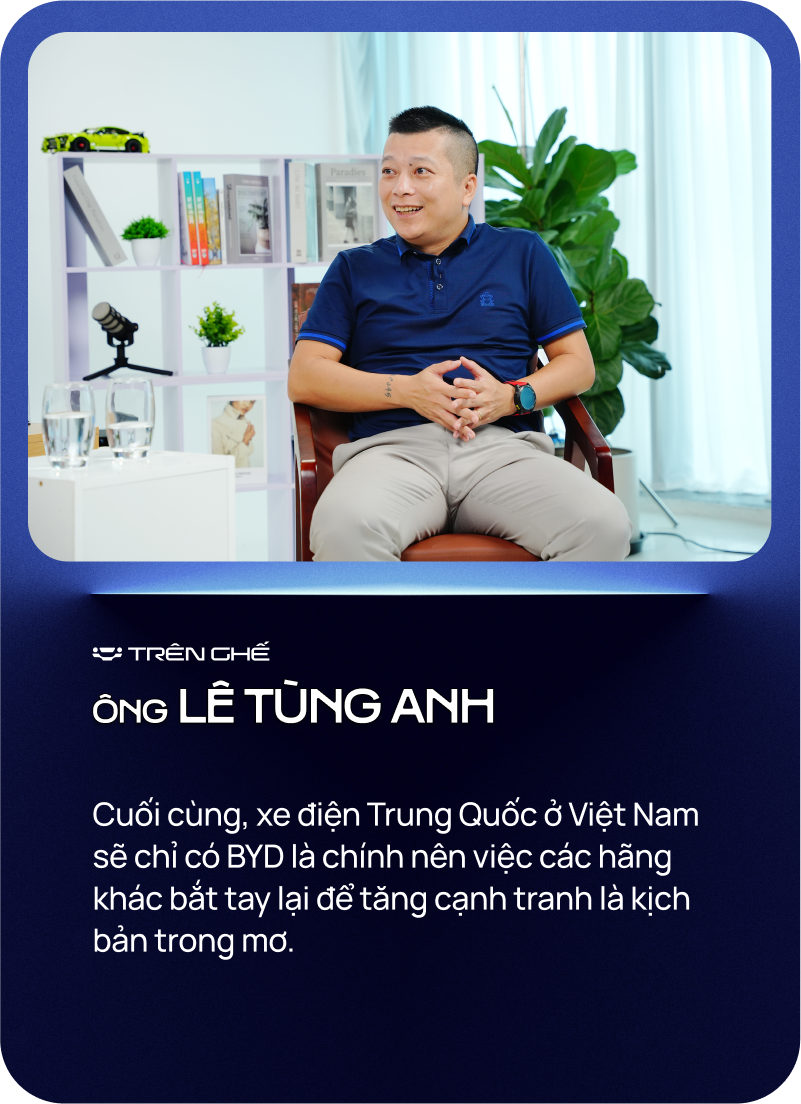
– Following up on that, if they don’t collude, what path should they take to achieve stable sales figures and gain the trust of Vietnamese consumers?
Tùng Anh: Recently, I was in Hong Kong, where the prices of Tesla and BYD vehicles are comparable, with BYD being slightly more affordable. I observed that Tesla is the most popular brand among Hong Kong residents because they have access to numerous super-fast charging stations, which BYD lacks.
Ultimately, the brand with the best charging infrastructure sells the most cars, and this is true not only in Hong Kong but worldwide. I can confidently state that if BYD lacks a robust charging network, matching VinFast’s success will be challenging. However, they can still cater to the basic needs of consumers by ensuring their vehicles can travel along the country’s highways and from Hanoi to Ho Chi Minh City.
My perspective is that even if third-party companies establish charging infrastructure, BYD owners might not benefit due to the high likelihood of VinFast vehicles occupying those stations. If I were VinFast or GSM, I’d pay extra to have Xanh SM taxis charge at those stations.

– Thank you very much for your insightful sharing!
“Trên Ghế” is a multi-platform TV program with a focus on cars and transportation, produced in collaboration between HTV and VCCorp.
“Trên Ghế” airs every Tuesday, Thursday, and Saturday at 6:10 PM on HTV9 and 8:00 PM on HTV and VCCorp’s platforms.
The most extensive bribery case ever in Thanh Hoa: Numerous suspects prosecuted for “Giving and Receiving Bribes”
The Provincial Security Investigation Agency (PSIA) of Thanh Hoa province announced on January 31st that it has made the decision to initiate a prosecution against 23 individuals in connection with the offenses of “Accepting bribes” and “Giving bribes” as stipulated in Article 354(3) and Article 364(2) of the Criminal Code.
“Prosecution of government officials, land registration officers, and tax department employees in the largest bribery case ever”
The Thanh Hoa Police Investigative Agency has initiated legal proceedings against 23 individuals involved in the crimes of “Bribery” and “Receiving bribes”. This is the largest bribery case in terms of the number of suspects ever discovered and apprehended by the Thanh Hoa Police.

